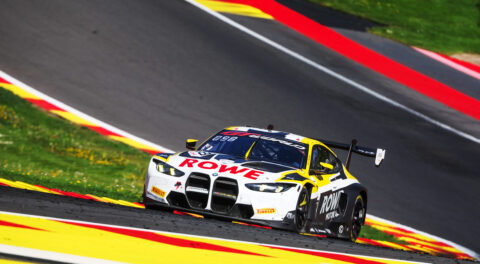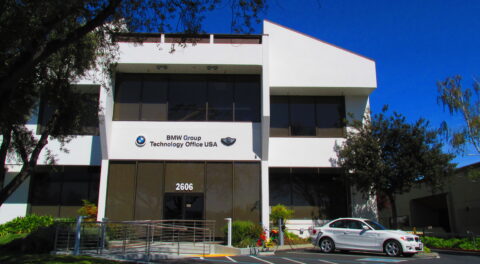The 2002 Garmisch is the missing link between BMW’s New Class coupes and sedans and the E12 5 Series which launched BMW’s current model hierarchy and nomenclature almost 50 years ago. You can stop reading now, because that’s really all you need to know about the unorthodox yet compelling Garmisch, which was named after the site of the 1936 Winter Olympic Games.
Yes, there is the fact that the original car inexplicably vanished after being shown at the 1970 Geneva Auto Salon, and the story of how BMW produced a faithful recreation for this year’s Concorso d’Eleganza at Villa d’Este, relying heavily on 3D printing for the manufacturing process. But really, the Garmisch is perhaps most important when viewed as the absent step between two aesthetically different, but principally similar eras of BMW automobiles.
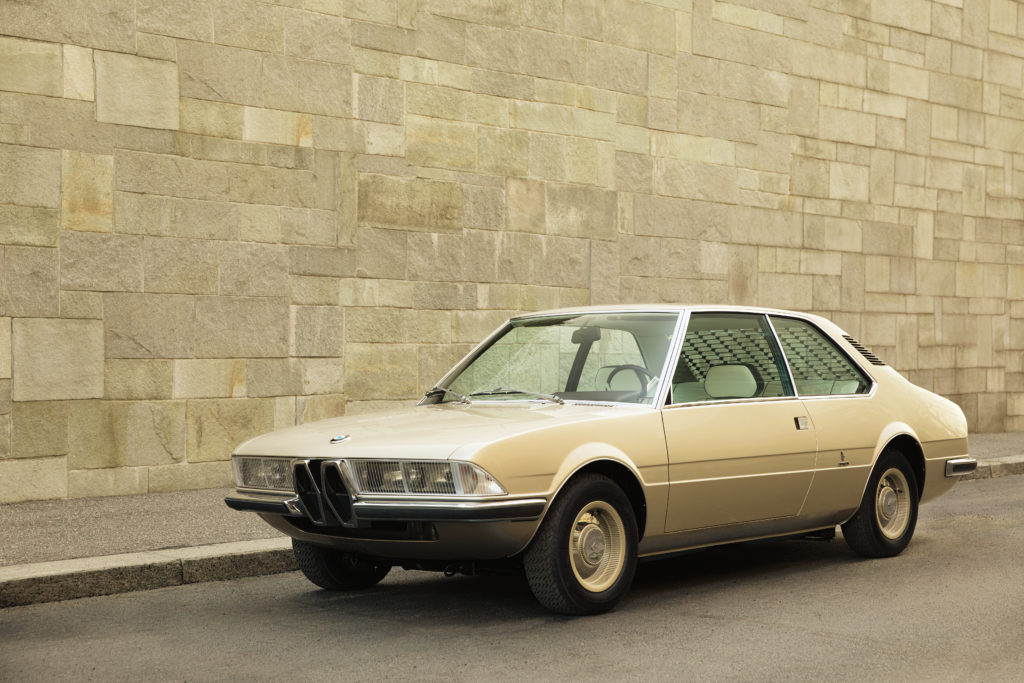
Based upon a 2002ti, with the dimensions somewhat evident in the end product, the Garmisch concept bridges the stylistic gap, at least in a conceptual way, between the BMW models which trace their roots back to the 1960s, and the entire numbered series language that has since come to define the marque. From every angle, one can find an example of a precursor to a design element that would see use in the ensuing decades. The front end has a characteristic shape and sleekness that would be refined and honed on succeeding chassis like the E12, E28, E21, and E30, while the more experimental rear also contains some familiar elements that would be evolved going forward. Headlights set behind glass retain clear division between inner and outer beams, the kidney grilles take a hexagonal shape while preserving the vertical rectangle style of the era, and the tail lights can perhaps best be viewed as a preview of things to come.
The stretched C-pillar that makes its way down to the trunk lid is potentially the most non-traditional design element present, but it works in conjunction with the honeycomb mesh louvers that sit above the rear glass, a Marcello Gandini signature touch. The Garmisch was designed by Gandini during his tenure at Bertone, but Gandini himself actually attributes the origin of the idea to Nuccio, the son of the company’s founder. Intended to be a surprise for BMW at the 1970 Geneva Auto Salon, the goal was to create a modern mid-size coupe that bore resemblance to BMW styling, but with a more dynamic and provocative approach. Moving the timeline ahead a few years, the very first 5 Series, the E12, was penned by Paul Bracq, with Gandini working alongside to co-design the exterior, while previously, the design for the V8-powered 3200CS had come from Bertone.
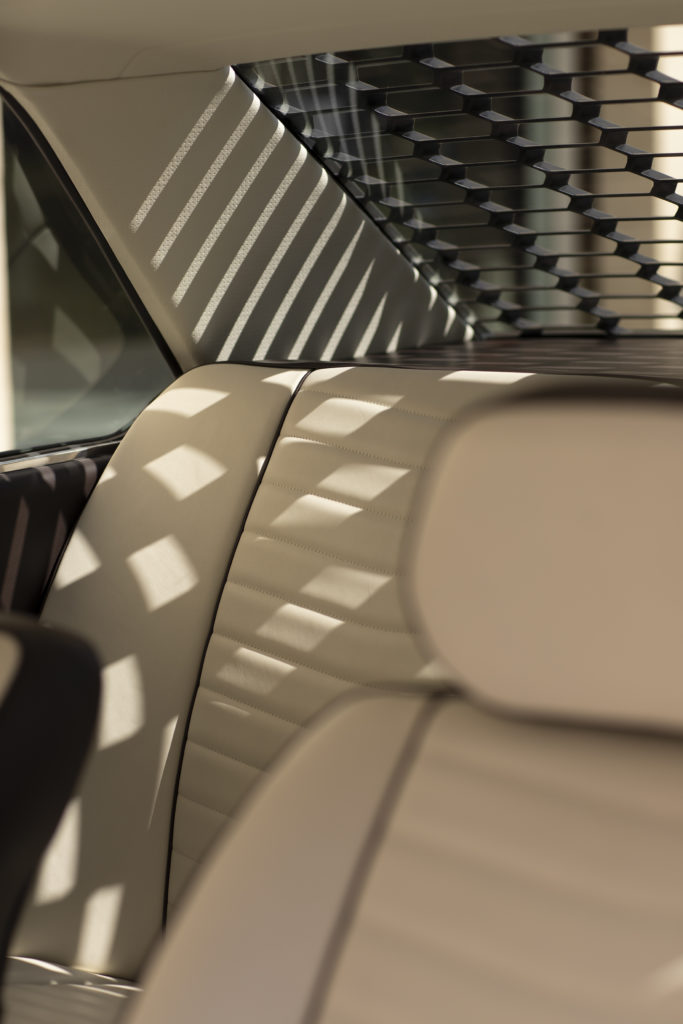
Now, nearly 50 years after the original was created, and then subsequently lost, BMW has successfully gone about constructing a true-to-form homage. Documentation surrounding the original was reportedly sparse to begin with and then tough to track down a half-century later, forcing BMW to rely on era photographs and period recollections from individuals like Gandini throughout the process. Today though, Gandini, who was initially skeptical of the endeavor, now says he has a tough time telling it apart from his principal design.

The overarching story of the Garmicsh is an engrossing one, especially when it becomes clear just how much of an impact the surprise concept would prove to have on succeeding BMW design. For more specifics, particularly of the incredible build process of the 2019 recreation, keep an eye out for Helmut Werb’s upcoming in-depth article which you can read in the July issue of Roundel.—Alex Tock
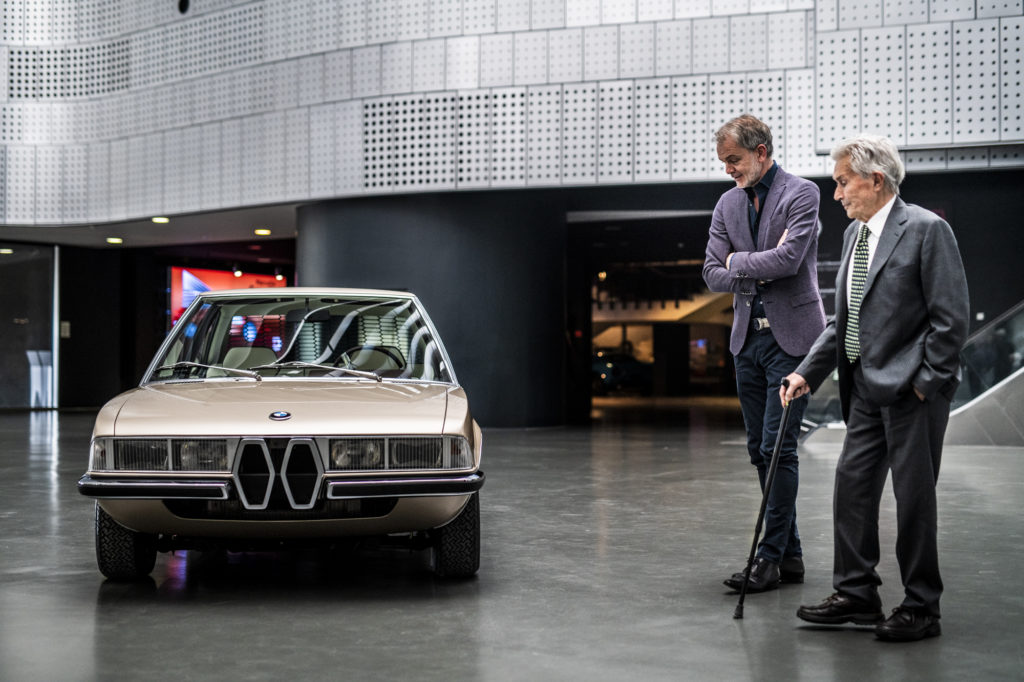
[Photos courtesy BMW AG.]





